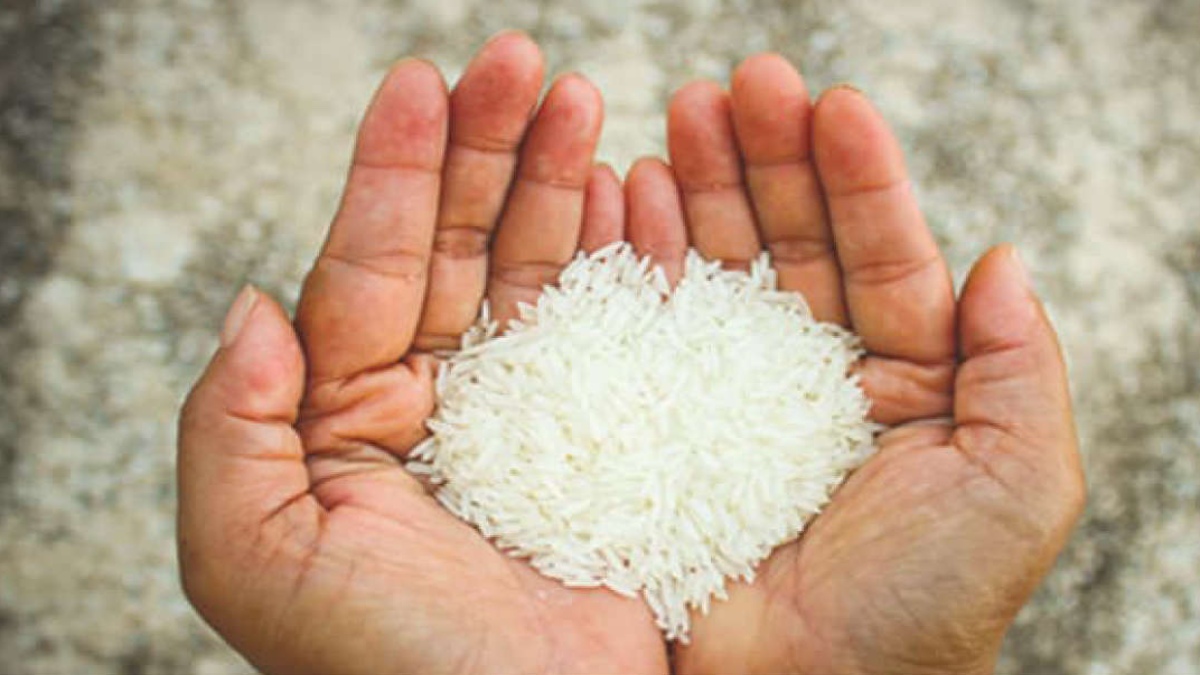Rice is one of the most commonly consumed foods in the world. While it might account for more than 20% of a population’s calorie intake, rice is not as nutritious as its calory content. The milling, polishing buffing process white rice is put through causes it to lose a substantial portion of its nutritional value.
Fortification of rice is the process of adding back nutritional vitamins, minerals and other micronutrients to the rice we consume. Fortified rice is produced by mixing micronutrients like iron, folic acid, and Vitamin B12 with rice flour and using an extruder machine to produce rice kernels nearly identical to milled rice in all aspects of shape and size colour. The only difference is fortified rice maintains its micronutrients after being washed and boiled, unlike regular milled rice. Fortified rice is mixed with normal rice in a ration close to 1:100 to bring up the nutritional value of the rice consumed by a majority of the population.
As mentioned in recent times, Hidden hunger is when the nutritional value of the food eaten is not up to the correct number needed for a body to grow, develop, and sustain itself. The milling process and the lack of healthy farming methods have resulted in low nutritional value for food grains. The more procedures a food grain undergoes before being eaten, the lower its nutritional value. This means that while any country’s vast population has food to eat, they are still heavy malnourished since the food they get has been stripped of all the nourishment it had to offer. Hence, it is drastically increasing the percentage of the malnourished population in every country.
Other than being a cause of severe health concerns across a country’s population, malnourishment impacts the country’s economic growth. It causes an increased public cost, decreases the population’s production level, and dramatically affects human potential across a country’s population.
Micronutrient deficiencies and malnourishment occurs when people do not have access to a balanced, healthy diet. Approximately 4 billion people across the globe suffer from malnourishment. The only way to fight and win the battle against malnourishment is to give the masses access to food that gives them the required vitamins and minerals to help them get the correct levels of nutrients from the food they eat.
Fortified foods, significantly fortified rice can help countries fight against malnourishment. Since fortification of food is done to improve the nourishment value of the food by adding vitamins, minerals and other micronutrients to the food grains. Rice is a staple food for a majority of the global population. Hence fortifying rice can help a large chunk of the worldwide population get the required levels of vitamins, minerals and micronutrients and help them improve their health and fight malnourishment.
Fortified rice can help nations fight more than just malnourishment. It can help countries reduce their public health expenses while allowing the people to work at their true potential, helping the economy of the country improve dramatically.
With different cases from different countries, it is apparent that a standard method of fortifying rice will not help benefit populations of other nations. Fortunately, a wide variety of micronutrient mixtures can be used to reinforce rice, allowing countries to give different micronutrients to their people according to their dietary requirements.
India is considering making the fortification of rice mandatory from 2024 as a large percentage of the country’s population suffers from malnutrition and lack of one nutrient or another.
The writer is the Director of Pansari Group.























